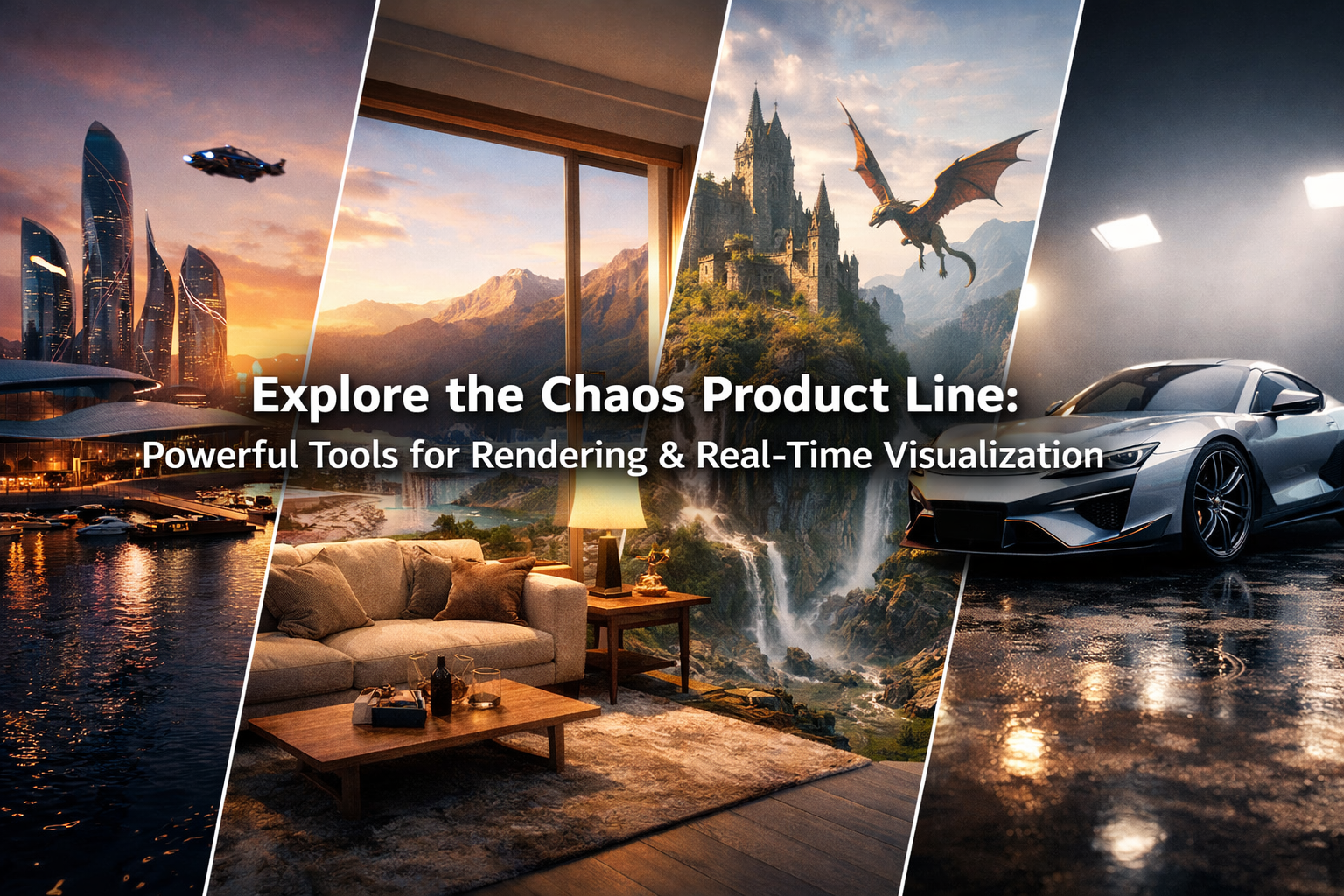Your Cart is Empty
Customer Testimonials
-
"Great customer service. The folks at Novedge were super helpful in navigating a somewhat complicated order including software upgrades and serial numbers in various stages of inactivity. They were friendly and helpful throughout the process.."
Ruben Ruckmark
"Quick & very helpful. We have been using Novedge for years and are very happy with their quick service when we need to make a purchase and excellent support resolving any issues."
Will Woodson
"Scott is the best. He reminds me about subscriptions dates, guides me in the correct direction for updates. He always responds promptly to me. He is literally the reason I continue to work with Novedge and will do so in the future."
Edward Mchugh
"Calvin Lok is “the man”. After my purchase of Sketchup 2021, he called me and provided step-by-step instructions to ease me through difficulties I was having with the setup of my new software."
Mike Borzage
The Edge: Neal Schwartz and Architecture
December 17, 2013 6 min read
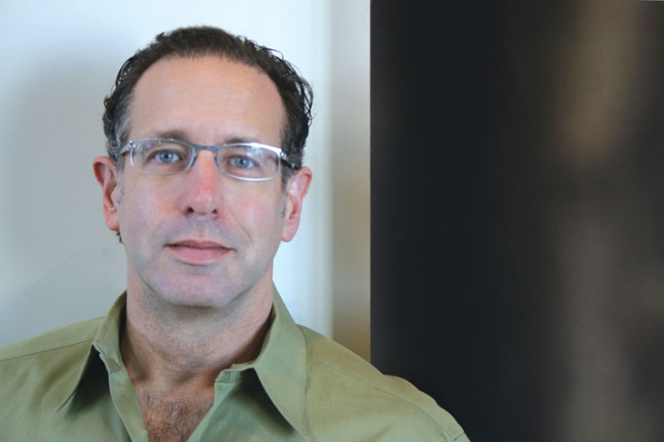
Novedge: Tell us a bit about who you are and what you do
Neal Schwartz: I am an architect in San Francisco with my own design practice and an Associate Professor at the California College of the Arts (CCA). My background is in both architecture and public policy, which I try to integrate in my practice, particularly through teaching. We take on a range of work, always focused on the sometimes "messy" process of getting things built. Here is a brief description of our office ethos:
Our office is founded on a commitment to a critical practice through built work. Our intention is that each of our projects results in a constructed spatial artifact – a repository and testimony to the full complexity of the building process. We are drawn to the ways design inevitably evolves and is refined through its tectonic construction, a fact that we embrace and foster in our engagement with each project’s realization.
This focus on building requires us to draw into our sphere of responsibility both more abstract explorations of movement, light, and space as well as tangible forces that define cultural production today. This includes the exigencies of clients, budgets, schedules, code interpretation, community review, fabrication methods and techniques, and construction processes. Each affects the final form and content of the work. Each is fodder for design.
"We see each of our projects as site specific installations."
The work is focused specifically on movement. The spatial sequences are carefully choreographed to unfold in ways that provoke physical exploration and thus, engagement with the built world. At times, this is expressed through gesture — the physical deformation of the form, which promotes the sculptural readings of the object. At times, movement is invoked through the tools of forced perspective, axiality, and framing. But most often the movement explored is a psychological one. In particular, the careful articulation of thresholds and the extension of view through real or perceived space promotes a mental exploration and sense of discovery. Given that the majority of our work is urban, this control of the spatial expansion of small spaces is crucial to our technique.
We see each of our projects as site specific installations. They maintain their integrity as singular objects yet are consciously deformed by the push and pull of their surroundings. The work is meant to “click” into their sites, through orientation, views, mass, and scale. That said, our goal always is to create a tension in any environment, opening up questions of propriety, “style”, and context. The Portuguese architect Alvaro Siza speaks of the use of his buildings to “make more real” the urbanity that surrounds them –to make us understand the existing conditions or operations of the context in a more complex way. This description of the potential of architecture serves as a guidepost for our work.
Novedge: What matters most to you in design?
Neal Schwartz: When I think of the number of stars that need to align to create a built work of architecture, it can be overwhelming. For me the most important thing about our designs is that they take in all of the parameters thrown at us — from design, to budgets, to client, codes, and constructability, etc.– and somehow feel like the most natural and "easy" expression of all those complex factors. I will continue to work and re-work a design until I am convinced that it is in fact the most elegant and straightforward answer to the challenge at hand. So, in some ways it is the parameters often seen as "beyond" design that become critical in our work. It is relatively easy to make something look beautiful; it is a far more difficult thing to have the design solution truly be the expression and negotiation of all the contingencies that can affect built work.
"I will continue to work and re-work a design until I am convinced that it is in fact the most elegant and straightforward answer to the challenge at hand"
Novedge: How do you collaborate with clients during the design process?
Neal Schwartz: I would be bored to death if all I did was design for my own desires. Our clients are a critical part of the process and become the inspiration for work that should transcend all of our expectations and pre-conceived ideas about design. Sometimes I need to work to draw out our clients so that we build a common language of design, but more often it becomes a matter of increasing trust as the collaboration grows. At the end of the day, I want each of our clients to feel like I will help them evaluate the pros and cons of any solution, always with their interests at heart. If this trust develops, the design process becomes one of mutual respect and learning. I always say that if the final product is exactly as you had anticipated it at the outset, then we haven't fully done our job.
Novedge: How important is team work in your field? When working with large teams, how do you handle coordinating and supervising everybody's work?
Neal Schwartz: Our internal design team and our professional contains that we have developed over the years is critical to our work. Again, the word "trust" comes to mind. We work hard to ensure that each of our consultants has the full picture of our design goals and intent. While each has their own area of expertise, it is critical to a holistic design solution that each emphasizes with the concerns and area of expertise of the other. Internally, I try to give people ownership over their work and let them grow professionally as fast as they can. Here, I hope my approach to teaching overlaps with my practice.
Novedge: What are some recent projects that you worked on?
Brandeis University Faculty Center Expansion and President’s House - Waltham, MA

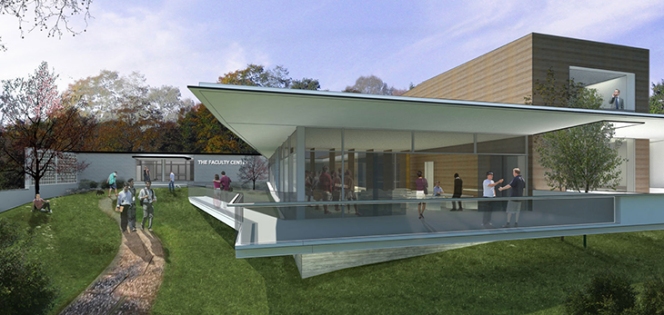
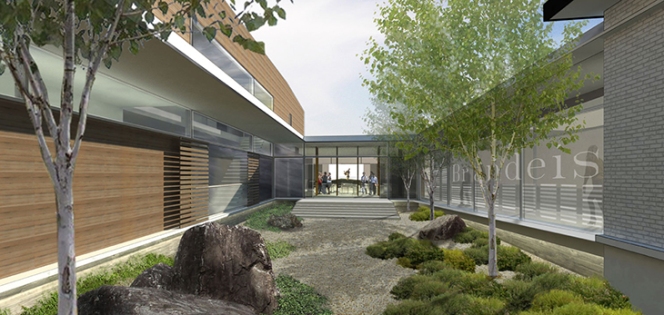
Speed Bump: Children’s Creativity Museum - San Francisco, CA


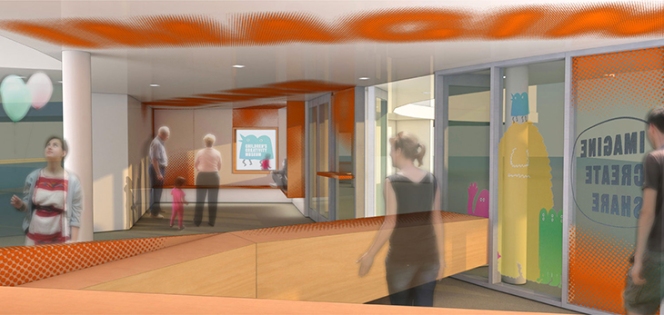
Pinterest - San Francisco, CA

Pinterest's South of Market San Francisco headquarters with new signage by Pinterest

Opposite side of SaA display shelving integrated in the space with Pinployees' personal collections
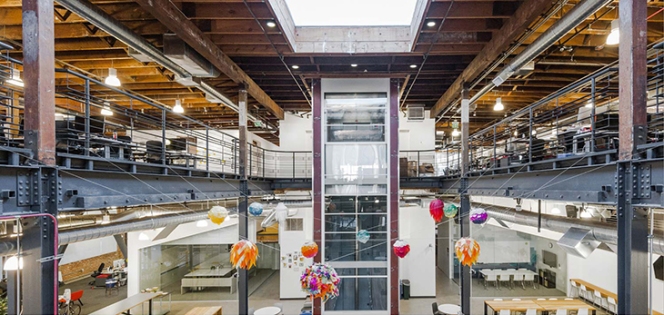
Main atrium space with existing elevator and ceiling stripped down to bare bones decorated by Pinployees' DIY hanging art lanterns

SaA incorporated two existing and awkward mechanical shafts into a meeting booth/threshold to the main space at the second floor
Now, we have been hired as the architect for the 15,000 sq ft expansion of Pinterest's headquarters into an adjacent historic structure…
BARN | YARD Recording and Performance Space - Occidental, CA



Lightbox | Darkbox : RayKo photography Community Center - San Francisco, CA


Novedge: What software do you use?
Neal Schwartz: AutoCAD, the full complement of graphics and computer modeling programs.
Novedge: Considering how unique the Bay Area is, what kind of rewards and challenges have you encountered in the years you have been practicing architecture in San Francisco?
There are tremendous resources for an architect in the Bay Area. First, I have amazing colleagues who inspire me. There is a surplus of great design work here I think. Second, there are supportive clients who value design and greatly respect what an architect does. There are also terrific contractors and consultants who embrace design challenges. And, I have an amazing group of talented designers and architects surrounding me in the office –which makes the day-to-day of this sometimes difficult profession a joy. One unexpected challenge I have to say is that while the general level of culture and design is so strong here, it often feels like that doesn't extend to all levels of governmental and regulatory review. There is certainly much to honor and preserve about San Francisco's architectural heritage: I wonder if more forward looking visions for the future are as easily embraced?
Novedge: What has been most important in developing and growing a successful architectural practice?
Neal Schwartz: I come back again to the word "trust". There are many talented designers here, many great managers and marketers. There are architectural egos big and small as well. I like to think that over the years I have developed a reputation for a commitment to great design while still listening to and protecting my client's interests. I believe that people trust that I will tell them what I think in a straightforward way and that that opinion isn't based on whim or flights of fancy. I advise clients weighing all factors that contribute to the construction of a piece of architecture, always with their best interests at heart.
To see more of Neal Schwartz's work, visit his website. And don't forget to connect with Novedge on Google+ and Facebook.
Also in NOVEDGE Blog

Enhance Your Designs with VisualARQ 3: Effortless Geometry Extensions for Walls and Columns
April 30, 2025 8 min read
Read MoreSubscribe
Sign up to get the latest on sales, new releases and more …



